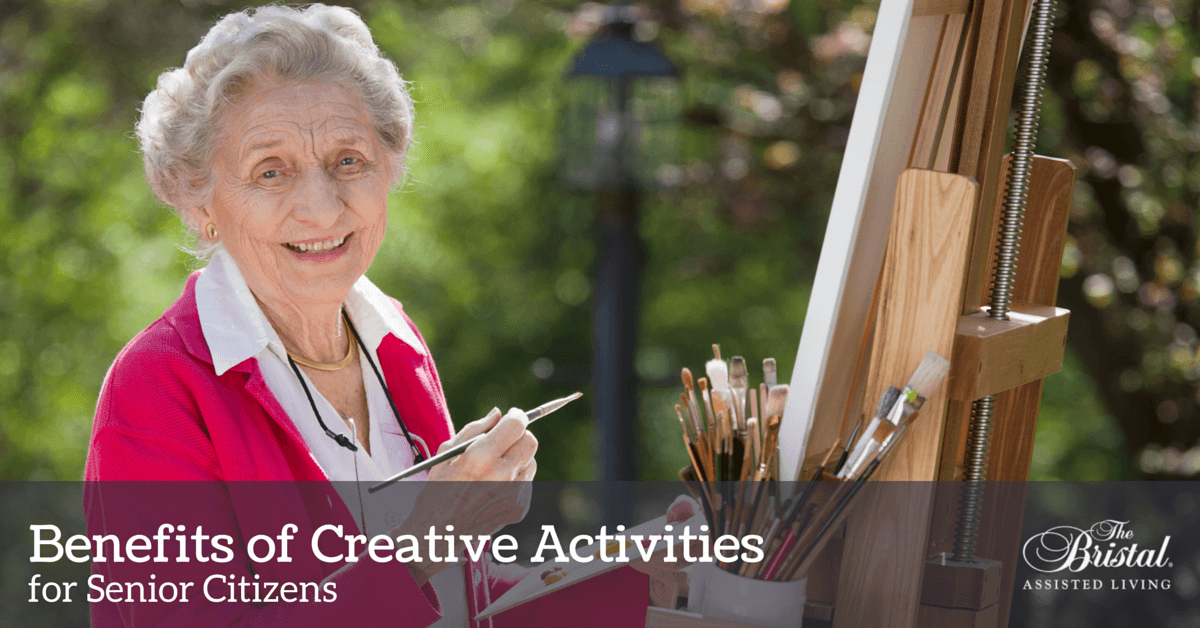You are probably aware that a good diet and regular physical exercise improve the potential for healthy aging. You might not realize, however, that engagement in creative activities can also play an important role.
There is scientific support for this claim. Gene D. Cohen, MD, PhD, the late founder of The Center on Aging, Health & Humanities at George Washington University, was one of the foremost researchers on the benefits of creative activities for senior citizens and aging. He discovered that:
• Creativity reinforces essential connections between brain cells, including those responsible for memory.
• Creativity strengthens morale. It alters the way we respond to problems and sometimes allows us to transcend them. Keeping a fresh perspective makes us emotionally resilient.
• Challenging the brain can relieve sleep and mood disorders.
• Reading, writing and word games increase one’s working vocabulary and help to fend off forgetfulness.
• Capitalizing on creativity promotes a positive outlook and sense of well-being, which boosts the immune system.
• Having an active, creative life makes it easier to face adversity, including the loss of a spouse.
Subsequent findings show similar benefits of creative senior activities. A 2013 report published by the National Endowment for the Arts entitled “The Arts and Aging: Building the Science” identifies some of these benefits: Participation in arts programs “has been linked with improving cognitive function and memory, general self-esteem and well-being, as well as reducing stress and other common symptoms of dementia, such as aggression, agitation and antipathy.”
As the report demonstrates, the benefits of creative activities for senior citizens are substantial. If you would like to incorporate creativity into your life, you might want to consider activities like arts & crafts, design, music, theater, dancing, creative writing and storytelling.
Keep in mind, too, that learning new skills can help fight memory loss, and creative pursuits just might fit the bill. It is especially helpful to try something you have not tried before. For instance, if you studied ballet as a child, give ballroom dancing a go. If you played the flute, sign up for guitar lessons.
If you do not know where to start, check out the directory of creative aging programs in America on the National Center for Creative Aging’s web site.



